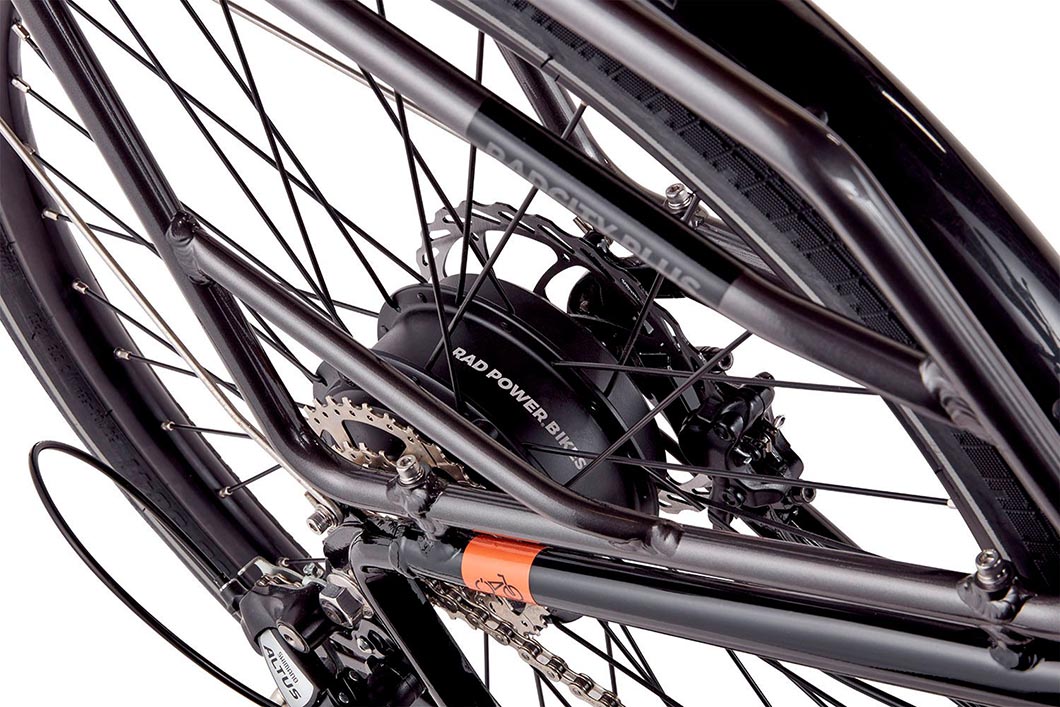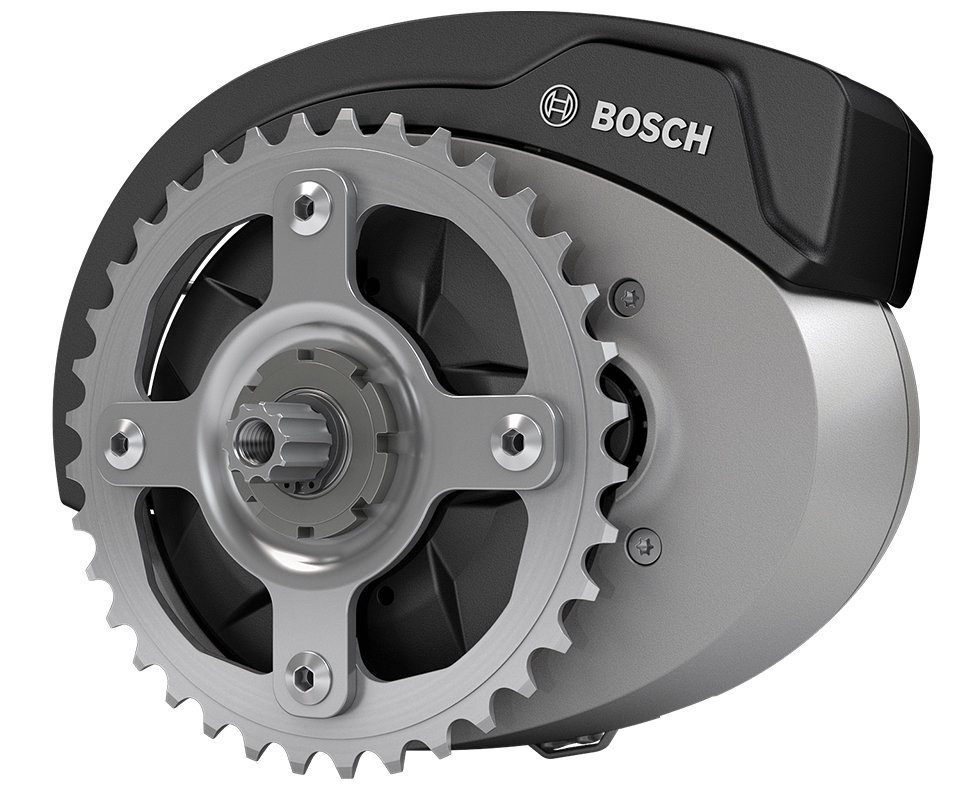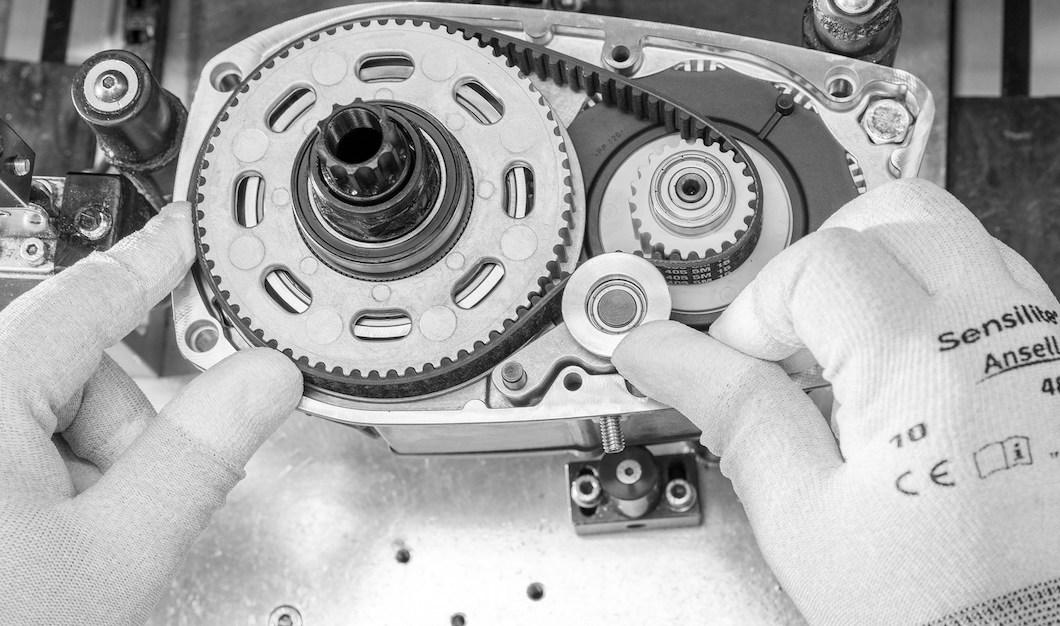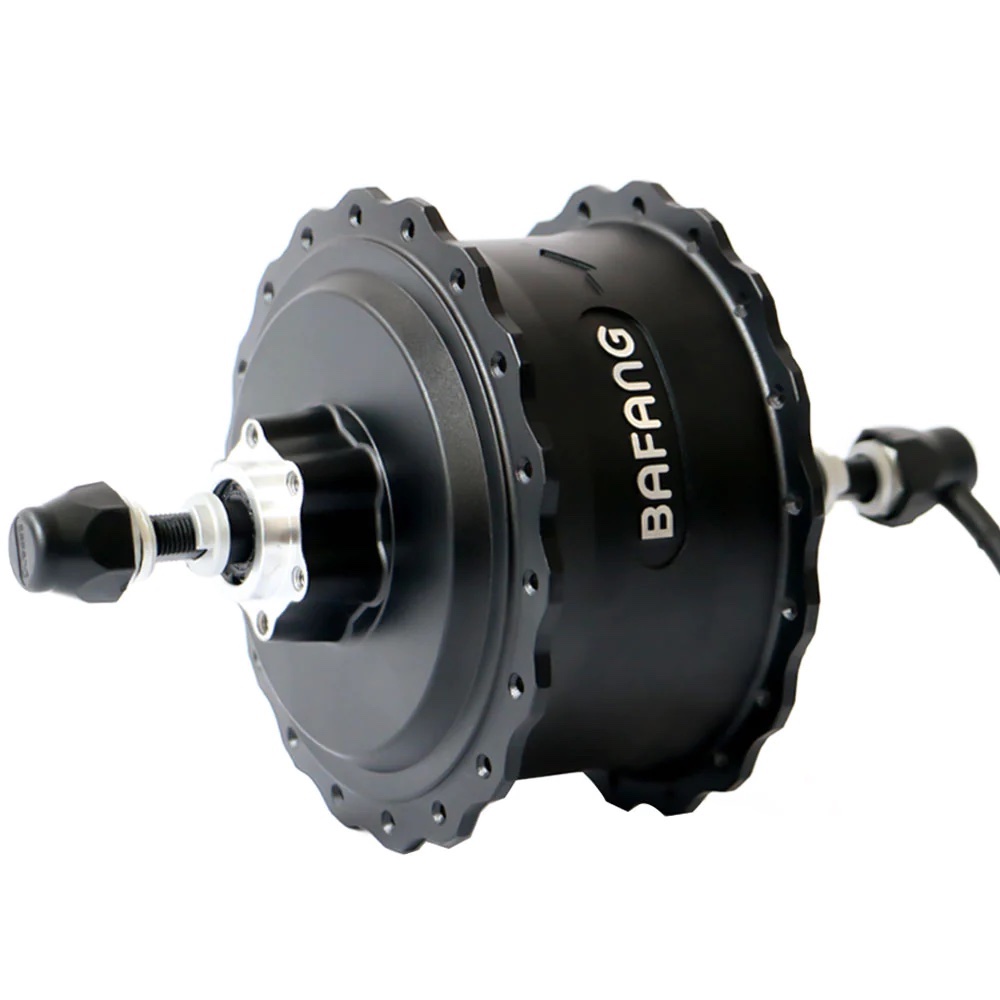
E-bikes come in a range of different levels of power. On the low end, many mid-drive motors produce 250W. On the high end, we’ve reviewed e-bikes with hub motors that produce 1000W and there are even e-bikes with unrestricted motors that are more like motorcycles than e-bikes. Considering how broad a range that is, someone buying an e-bike—especially the first-time buyer—has good reason to wonder just how much power they need.
What are we talking about when we say power?
Generally, when we talk about power, what we are talking about is how much work the motor can do. We measure that work in watts. Next question: What’s a watt? A watt expresses the change of one joule of electrical energy per second into mechanical energy. One joule of electrical energy burned over a second is equal to one watt (1W).
When e-bike companies talk about nominal wattage, they are talking about steady-state output. Think of it as a pace that someone can pedal for an hour. Peak wattage would be a sprint up a hill. No one can sprint for an hour, right? So when a manufacturer says their hub motor will produce 750W nominally, they are saying it can produce 750W for as long as the battery has charge. A peak of 1250W means that it can produce that much wattage for a short burst, like getting up a hill or through an intersection.
The other concept we need to understand when we talk about power is torque. Torque is a twisting force and it is measured either in pound-feet (lb-ft) or newton-meters (Nm). With e-bike motors, torque is expressed in newton-meters.
At the risk of being obvious, bigger numbers mean more wattage, more torque, more go.

The kind of motor matters
So the motor with the most wattage and torque is the best motor, right? Actually, not so fast. The type of motor makes a big difference.
A hub motor that produces 750W is powerful. That’s a solid number, by any estimation. That standard can’t be applied to mid-drive motors, though. When the motor is positioned up front, with the axle for the crankset (bottom bracket) passing through the motor, that’s called a mid-drive motor. Mid-drive motors work on a completely different scale of power.
A mid-drive motor helps to turn the crankset, kinda like adding extra feet and pedals. That means the motor is able to take advantage of the mechanical advantage offered by the gears. As a result, a mid-drive motor doesn’t need to produce huge amounts of power to be effective. Most mid-drive motors produce a mere 250W.
Here’s a way to frame how effective mid-drive motors are: The toughest riding environment e-bikes encounter are technical mountain bike trails; an eMTB will encounter trails steeper than any paved road around. The hallmark of a good eMTB is a mid-drive motor.
A 250W mid-drive motor producing 50Nm of torque can more effectively drive a rider than a 750W hub motor that produces 90Nm of torque.
In many ways, the performance of a 250W mid-drive motor and a 750W hub motor are comparable. Both can propel a rider to 20 mph quickly, and they offer similar acceleration. Mid-drive motors weigh less and use electricity more efficiently, which means they can go plenty far on a relatively small battery, which also reduces weight. What’s the catch? E-bikes with mid-drive motors are substantially more expensive than ones with hub motors.

Why do some motors with the same rating perform differently?
Here at Best Electric Bikes, the bulk of what we review are e-bikes with 750W brushless, geared hub motors, 7-speed drivetrains and hydraulic disc brakes produced by consumer-direct brands. That’s the market’s sweet spot.
We’ve encountered e-bikes with 750W Bafang hub motors that would go 20 mph in PAS 5 and others that would go 26 mph in PAS 5. Why would two identical motors go two different speeds? In a word, the controller. Each company decides what speed each PAS level will deliver the rider to. In the case of Class 1 or 2 e-bikes, PAS 5 is likely to be 20 mph. But in a Class 3 e-bike, that same hub motor may be tuned to go 24, 26 or even 28 mph.
Some manufacturers allow users to adjust what speed each of those PAS levels corresponds to. For instance, Aventon’s smartphone app gives riders control of each PAS level, including the ability to “unlock” the performance and ride at Class 3 speeds.
How important is the battery?
An e-bike’s battery is a critical piece of how an e-bike performs. Most e-bikes feature motors and batteries that operate at either 36V or 48V. Voltage isn’t especially critical, but it can make a difference in high-demand moments.
Think of voltage as a drinking straw. More volts equates to a bigger straw (diameter, not length). It’s the difference between drinking through one of those little cocktail straws and a regular soda straw.

Decisions, decisions
So those are the factors that determine how powerful an e-bike is. Choosing the e-bike with the right amount of power depends on the riders needs. Here are the factors we encourage shoppers to consider:
- What’s the budget? When someone can afford an e-bike with a mid-drive motor, questions about power don’t disappear, but the performance of mid-drive motors is so good that they meet the needs of nearly any rider.
- How much does the rider weigh? The greater a rider’s mass, the more power the rider will need to get up to speed and stay there.
- Where will the e-bike be ridden? Are the roads paved or unpaved? Is the terrain hilly or flat? Is it an urban environment with lots of starting and stopping? Hills and natural surfaces require more power and lots of stopping means lots of accelerating up to speed; a more powerful motor will accelerate back up to speed more quickly.
- What sort of experience does the rider want? A light e-bike with a smaller motor can give a very zippy, nimble feeling, but it will be more enjoyable for a rider who wants to pedal plenty. For someone who wants to cruise and make liberal use of a throttle, more power is called for, especially if the riding will include hills. The person who wants to ride mountain bike trails will need an eMTB with a mid-drive motor.
- How fast is fast? Buyers need to ask themselves how they will ride. The rider who accelerates up to top speed from every stop and stays at top speed until the next stop needs more power than the rider who is happy to cruise along at 12-15 mph.
Conclusion
Like so many decisions in life, an e-bike buyer must weigh multiple considerations. Answering those questions can be difficult when staring at a website, though. Test riding some different e-bikes will help build a frame of reference. Test rides will give a rider a sense of how much speed they like, how quickly they like to accelerate and how much they want to use a throttle.
Even if someone can’t ride the particular e-bike they’ve got their eye on, it’s not hard to find something similar to ride at a local e-bike store. With the right e-bike, questions about power disappear and the rider can focus on enjoying the ride.


Leave a Reply